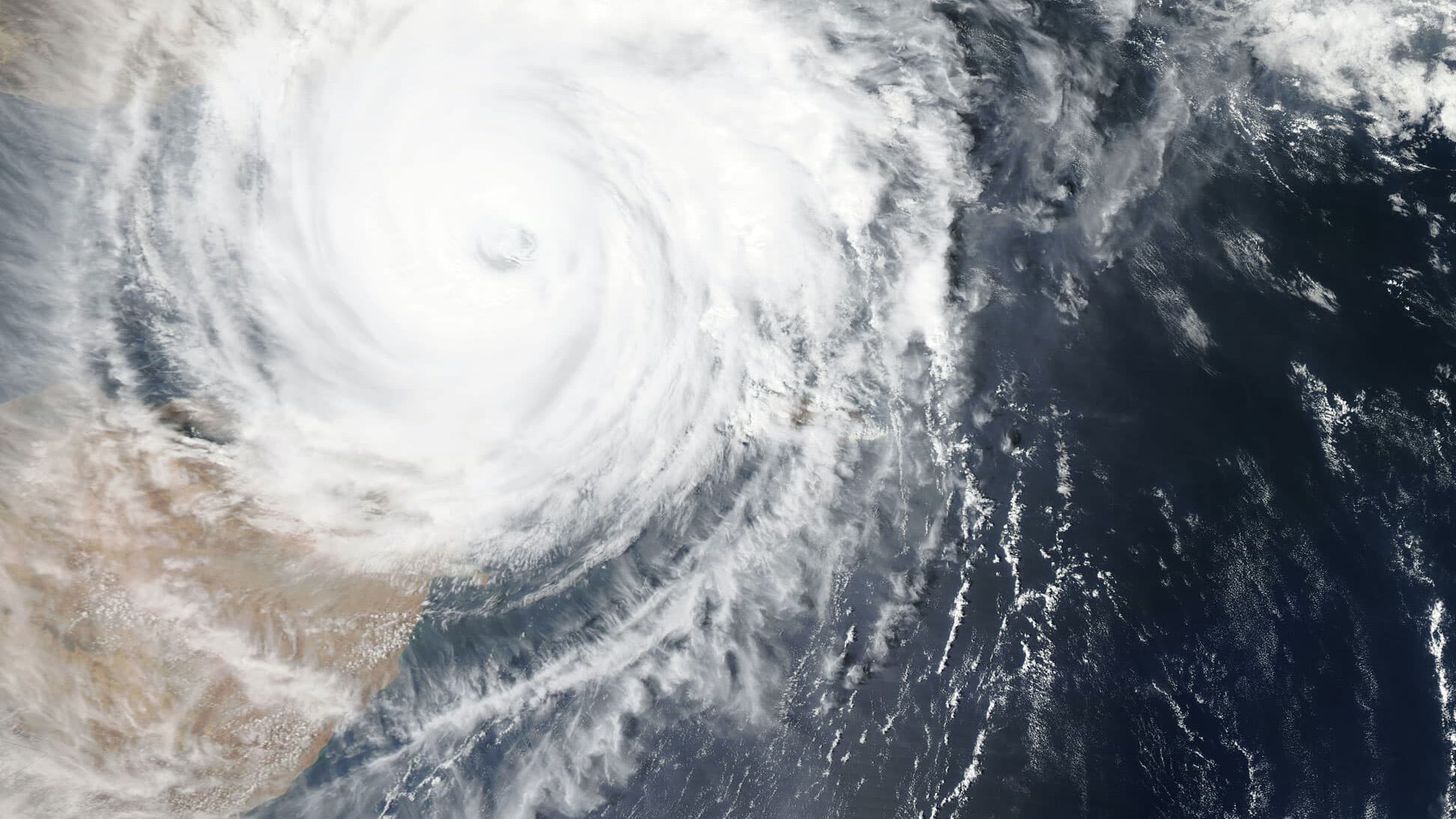2G & 3G decommissioning & net-zero, the perfect storm?

The mobile network industry loves a new technology: 5G is not yet fully rolled out and the industry is already starting to discuss what 6G might look like. And until recently, this love for the new did not come at the expense of the old: as new network technologies are rolled out: old ones were kept in service – not in the least because many vital services depended on 2G and 3G for their operations. 2G and 3G are not sexy or exciting, but they could be relied on to do what it says on the tin.
But now this is changing: the operators are under financial pressure and are looking to trim their legacy technology stack. 2G and 3G shutdown announcements have been coming thick and fast. For example, in the UK Vodafone announced the shutdown of its 3G network by 2023 and EE has similar plans. A full overview of the worldwide plans for 2G and 3G shutdown plans can be found here.
This poses a problem in the IoT market: many of the earliest IOT deployments have been relying on 2G and 3G sims for their connectivity. And many of those deployments were in indoor environments – think lifts & elevators, social housing and social care, etc….Those deployments now face the challenge of identifying and replacing all these connections on time. This is not only a significant programme management challenge, it is also a cost-challenge: competent technicians are hard to find and with today’s fuel prices, every van run has a major cost-tag.
But there is more: we already outlined how most of the legacy IoT deployments were in indoor environments. Well, those environments have not been static for the past few years: the push for net-zero is driving a whole raft of retrofit activities with the installation of additional insulation in walls and roofs and the installation of energy-conserving glazing. And these retrofits make it noticeably more difficult for mobile signals to penetrate these building. Add to this the fact that generally speaking, the higher G’s operate in higher frequency bands (which already struggle to penetrate buildings) and you have your perfect storm: 2G and 3G will disappear, but 4G and 5G might not be able to replace them. Lower frequency technologies such as NB-IoT and LTE-M might be the answer, but they are not suitable for all use cases (especially those that require large data throughputs and/or decent latency).
So what looked like a large, but relatively simple swapout, now becomes a more complicated and multidimensional decision matrix. And understanding what technology is available at what quality becomes an important input in that decision matrix. And this is where Teragence Signal checker comes in – we can provide a unique, granular insight into the signal strength available on any technology, any operator and any location. And with that information, our customers can plan their migration away from 2G and 3G that much better and more efficiently.
So if you want to know more about our service, check us out on www.teragence.com or contact us at [email protected]